The ocean is a vast, mysterious world, and most of it lies far below the surface where sunlight can't reach. Down in these pitch-black depths, life takes on some strange and fascinating forms. But have you ever wondered, what animal can go the deepest in the ocean?
The deep sea is one of the most extreme environments on Earth. With crushing pressure, freezing temperatures, and total darkness, it’s a place only the most resilient creatures can survive. But some animals have not only adapted to survive—they thrive in these depths, going deeper than any human submarine has ever ventured!
Let’s dive into the world of the deep-sea champions—the animals that rule the ocean’s deepest, darkest trenches.
At the top of the list is the Mariana snailfish (Pseudoliparis swirei), the deepest known fish ever recorded. These small, seemingly unassuming creatures have been found living at depths of 8,178 meters (about 26,831 feet) in the Challenger Deep of the Mariana Trench—the deepest part of the world’s oceans.
Living under such immense pressure (over 1,100 times more than at sea level!) requires some incredible adaptations. Snailfish have jelly-like bodies that help them resist the crushing force of the deep. And despite living in total darkness, they’re prolific predators, feeding on small crustaceans and other sea life found in their abyssal home.
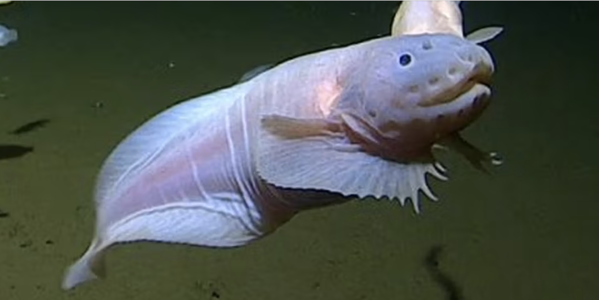
Few animals capture the imagination like the giant squid (Architeuthis dux), an elusive creature that has inspired tales of sea monsters for centuries. These massive cephalopods can reach lengths of up to 43 feet (13 meters), and while they're not the deepest-diving animal, they certainly go far down.
Giant squids have been found at depths of up to 3,280 feet (1,000 meters), and scientists believe they could venture even deeper in pursuit of their prey. With huge eyes—among the largest in the animal kingdom—they are perfectly adapted to seeing in the near-total darkness of the deep ocean. Just imagine the eerie sight of one of these colossal creatures gliding through the inky blackness.
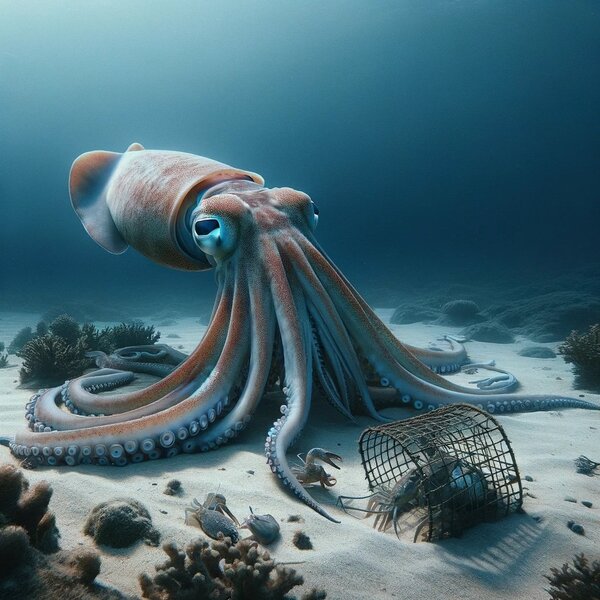
Moving on to the world of marine mammals, the Cuvier’s beaked whale (Ziphius cavirostris) holds the title of the deepest-diving mammal. These whales are the undisputed champions of the mammalian deep-dive contest, with recorded dives reaching depths of 9,874 feet (3,008 meters).
What’s even more astonishing is the duration of these dives—some lasting over two hours! These whales can plunge into the depths, holding their breath for record times as they search for squid and fish in the twilight zone. Talk about stamina!
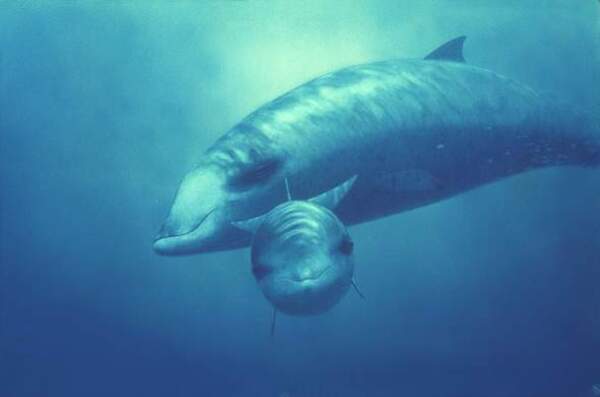
The vampire squid (Vampyroteuthis infernalis) may not go as deep as some of the other animals on this list, but its name alone gives it a place among the ocean’s most mysterious creatures. These squid-like animals live at depths of around 2,000 to 3,000 feet (600-900 meters) in the oxygen-poor zones of the ocean.
Rather than being a bloodsucker, as its name suggests, the vampire squid survives by feeding on "marine snow"—a constant shower of organic debris falling from the upper ocean layers. Their ability to live in such low-oxygen environments has earned them a spot as one of the ocean’s most remarkable deep-sea survivors.
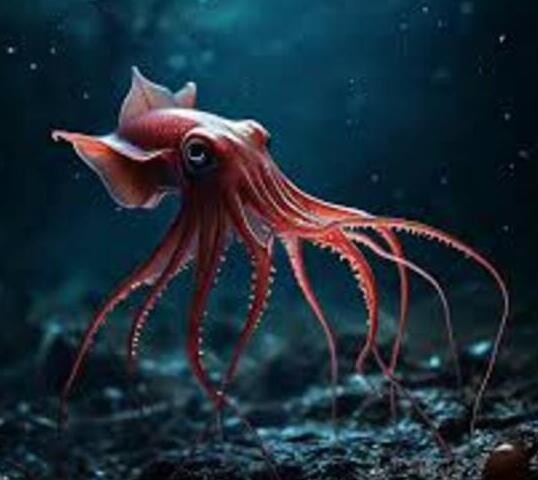
Another legendary deep diver is the sperm whale (Physeter macrocephalus). These whales are known to dive as deep as 7,382 feet (2,250 meters) in search of their favorite prey: giant squid.
Equipped with sophisticated echolocation abilities, sperm whales can hunt in the deep, dark waters of the mesopelagic zone. Their massive heads house large brains, but it’s the oily substance called spermaceti that helps them regulate buoyancy during their epic deep dives. It's no wonder these creatures were once the stars of many seafaring legends, like Moby-Dick.
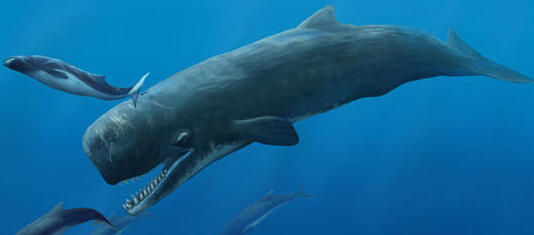
Named for their cute, ear-like fins, the Dumbo octopuses (Grimpoteuthis) are some of the deepest-living octopuses known to science. These adorable creatures have been spotted at depths of up to 13,100 feet (4,000 meters)!
With their soft, gelatinous bodies, Dumbo octopuses are perfectly adapted to the crushing pressures of the deep sea. They "fly" through the water using their fins, and with very little known about their habits, they remain one of the most mysterious and intriguing animals of the deep ocean.
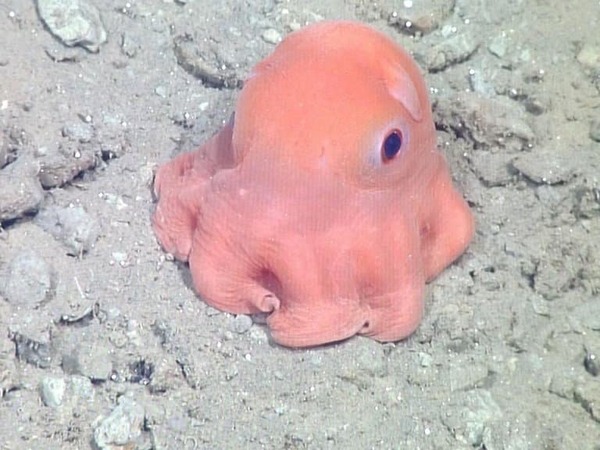
The Abyssal cusk eel (Abyssobrotula galatheae) might not be as famous as the other creatures on this list, but it holds a record for its deep-dwelling capabilities. These small, elongated fish have been found at depths of 27,460 feet (8,370 meters), just shy of the Challenger Deep itself!
Living in some of the harshest conditions on Earth, abyssal cusk eels are among the ocean’s most extreme inhabitants. Their discovery at such depths was a testament to the ocean’s seemingly endless capacity for surprises.
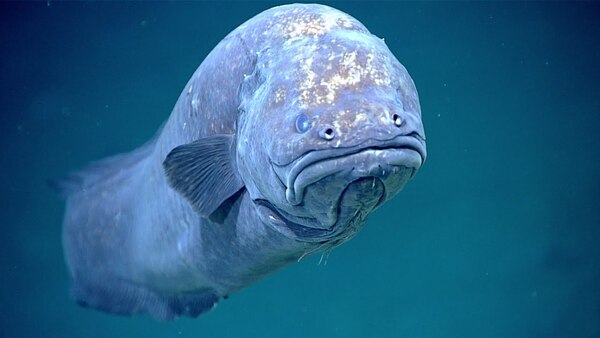
Amphipods, a type of small, shrimp-like crustacean, are true deep-sea champions. They’ve been discovered living in the Mariana Trench at depths of 36,000 feet (11,000 meters)! Amphipods are incredibly hardy, surviving in environments with bone-crushing pressure.
Incredibly, these creatures feed on decaying matter that drifts down to the ocean floor. Despite their small size, amphipods have a huge role in the deep-sea food chain, recycling nutrients in one of Earth’s most remote and extreme environments.
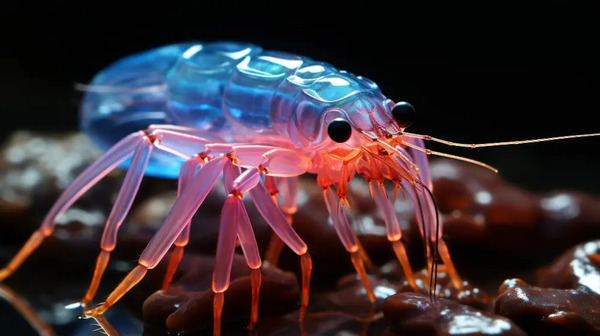
Living in the deep sea requires some remarkable adaptations. Here are a few ways these animals make it work:
Crush-Resistant Bodies: Many deep-sea creatures, like snailfish and Dumbo octopuses, have soft, gelatinous bodies that allow them to withstand the immense pressure found at extreme depths.
Bioluminescence: Some deep-sea animals, like the giant squid and vampire squid, use bioluminescence to attract prey or communicate in the pitch-black depths.
Slow Metabolism: To conserve energy in an environment where food is scarce, many deep-sea animals have slow metabolisms and can go for long periods without eating.
While many animals can dive impressively deep, the Mariana snailfish holds the crown as the deepest-living vertebrate, venturing down to 8,178 meters in the Mariana Trench. But invertebrates like amphipods and even deep-diving whales like the Cuvier’s beaked whale are not far behind in their extreme oceanic journeys.
The deep sea remains one of the most mysterious and unexplored regions on Earth. Who knows what other strange and wonderful creatures we’ll discover in the ocean’s hidden depths?
So, next time you gaze out over the ocean, just remember: there’s a whole other world down there, filled with some of the toughest and most extraordinary creatures on the planet!
animal tags: Amphipods
We created this article in conjunction with AI technology, then made sure it was fact-checked and edited by a Animals Top editor.